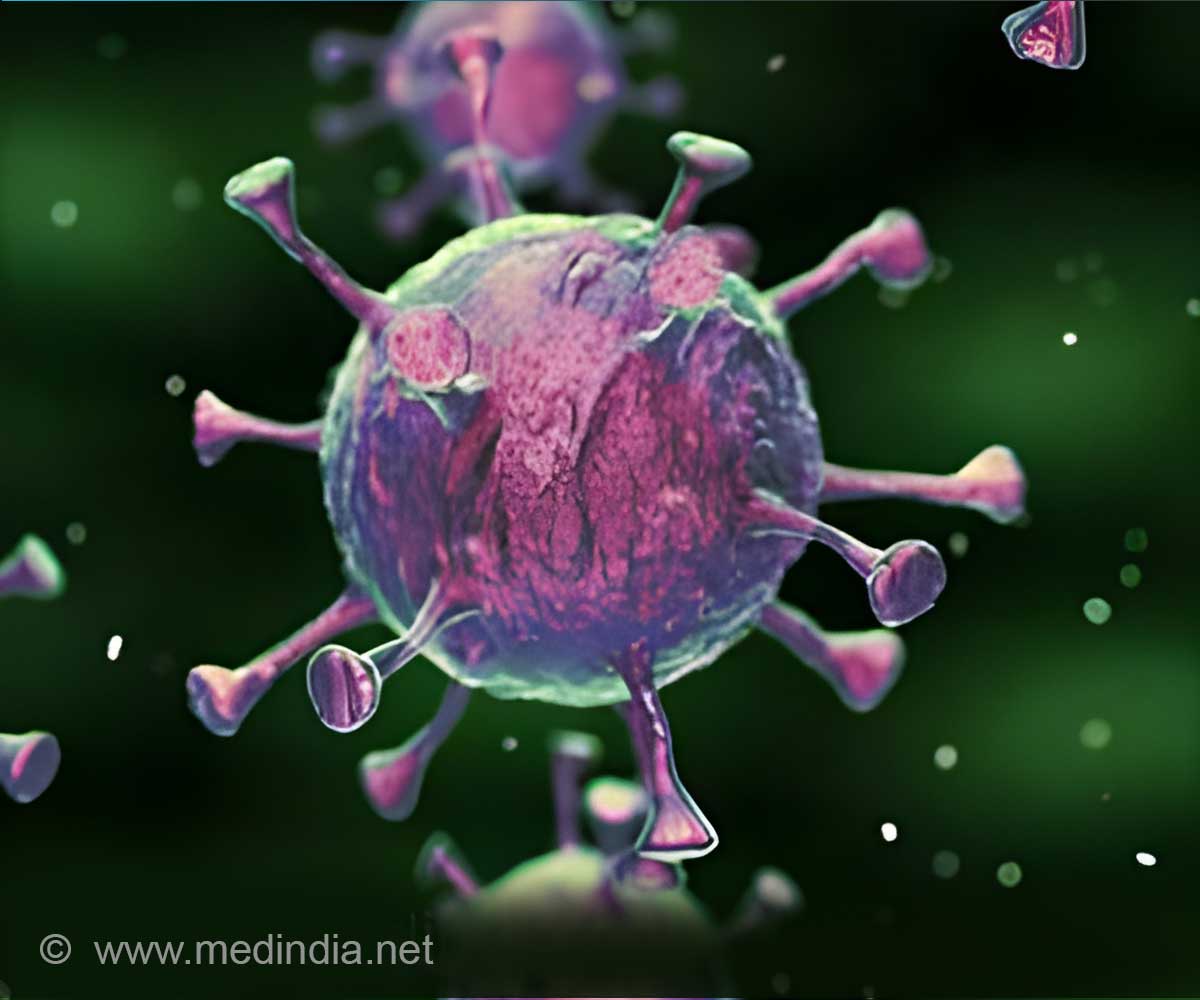- PTSD Awareness Day promotes understanding and reduces stigma
- PTSD symptoms include flashbacks, severe anxiety, and avoidance
- Treatment includes therapy, medication, and support networks
Every year on June 27th, PTSD Awareness Day is observed to shed light on Post-Traumatic Stress Disorder (PTSD), a mental health condition that affects millions of people worldwide. This day is dedicated to raising awareness, reducing stigma, and promoting understanding of PTSD, as well as providing support and resources to those who suffer from it.
PTSD affects millions, but awareness and support can make a huge difference. #ptsdawareness #medindia’
Advertisement
What is PTSD?
PTSD is a psychiatric disorder that can occur in people who have experienced or witnessed a traumatic event such as a natural disaster, a serious accident, a terrorist act, war/combat, rape, or other violent personal assaults. While it is normal to feel afraid during and after a traumatic situation, people with PTSD may feel stressed or frightened even when they are not in danger.
Advertisement
PTSD Symptoms and Diagnosis
The symptoms of PTSD can vary widely but are generally grouped into four types:
- Intrusive memories: Intrusive memories may include recurrent, unwanted distressing memories of the traumatic event, or flashbacks as if the event were happening again.
- Avoidance: Avoidance symptoms involve trying to avoid thinking or talking about the traumatic event or avoiding places, activities, or people that remind you of it.
- Negative changes in thinking and mood: Negative changes can include feelings of hopelessness about the future, memory problems, and difficulty maintaining close relationships.
- Changes in physical and emotional reactions: Changes in physical and emotional reactions may manifest as being easily startled, feeling tense or on edge, or having difficulty sleeping.
To diagnose PTSD, a healthcare provider will conduct a thorough evaluation, which may include a physical exam to rule out other potential causes of symptoms, and a psychological evaluation that involves discussing the signs and symptoms, as well as the event or events that led to them. According to the Diagnostic and Statistical Manual of Mental Disorders (DSM-5), symptoms must last more than a month and be severe enough to interfere with relationships or work to be considered PTSD.
Advertisement
Raising Awareness and Reducing Stigma
One of the primary goals of PTSD Awareness Day is to reduce the stigma associated with mental health disorders. Many people with PTSD may feel ashamed or embarrassed about their condition, preventing them from seeking help. Public education and open discussions can help break down these barriers, encouraging those affected to seek the support they need.
PTSD Awareness Day also emphasizes the importance of recognizing the signs of PTSD not only in oneself but also in others. Friends, family members, and colleagues can play a crucial role in encouraging individuals to seek help by being understanding and supportive.
Treatment for PTSD often involves a combination of psychotherapy and medication. Cognitive-behavioral therapy (CBT) is particularly effective, helping individuals reframe negative thoughts and develop coping strategies. Medications, such as antidepressants, can also help manage symptoms.
Support groups and peer networks can provide invaluable assistance to those dealing with PTSD. These groups offer a safe space for individuals to share their experiences and gain support from others who understand what they are going through.
How to Help PTSD
There are several ways to support PTSD awareness and those affected by the condition:
- Educate Yourself and Others: Learn about PTSD and its effects. Share this knowledge with friends, family, and colleagues to foster understanding and compassion.
- Be Supportive: If you know someone with PTSD, be patient and supportive. Listen to them without judgment and encourage them to seek professional help.
- Advocate for Mental Health Resources: Support policies and initiatives that provide funding for mental health services and research. Advocate for accessible and affordable mental health care for all.
- Participate in Awareness Campaigns: Engage in PTSD Awareness Day activities and campaigns. Use social media platforms to share information and resources, and join local or online events dedicated to raising awareness about PTSD.
PTSD Awareness Day serves as a crucial reminder of the ongoing need to support and understand those affected by this challenging condition. By educating ourselves, reducing stigma, and advocating for better mental health resources, we can make a significant difference in the lives of those living with PTSD. Let us use this day to spread awareness, show compassion, and promote healing for all who are affected by trauma.
Source-Medindia



